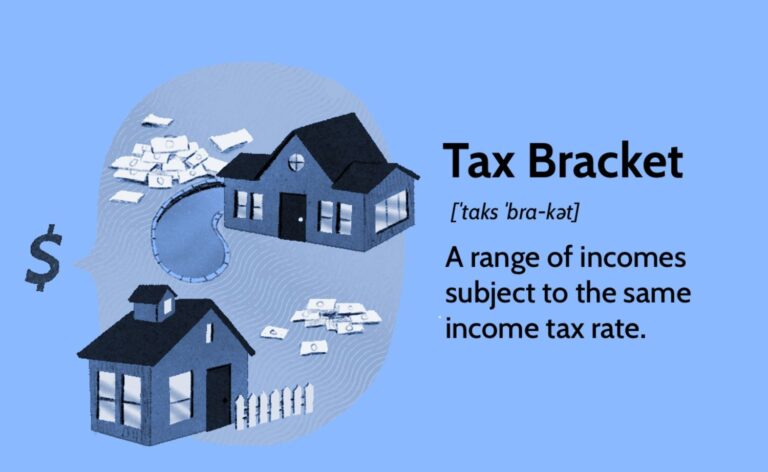The tax bracket of 40% is not universal and depends on the tax legislation and the current taxes in the given state. Since tax brackets differ across various countries, we can only provide a generalized idea of how a person might be in the high tax bracket based only on the developed country’s tax bracket system.
This explanation is mainly based on the United States experience, but you will find that many of the points made have an equal application to those of most comparable countries.
Income Level
This is obvious, as the basic function of having lower, middle, higher, and further split tax brackets, such as a 40-tax bracket, is tied directly to the amount of taxable income.
For example, the tax systems of most developed countries, especially in the United States, are progressive, whereby if the amount of money being earned increases, then the amount being taxed also increases. The tax category of high-income earners is usually composed of people or entities in the highest tax brackets.
For instance, in the US, a person earning above a certain amount, known as taxable income, which is adjusted upward yearly for inflation, might be subjected to the highest federal tax rate.
The highest federally applicable income tax rate is 37%, charged on single/individually earned incomes exceeding $523,600 and joint marital incomes exceeding $628,300 charged in the year 2021. This, of course, only applies to high earners; if the U. S., for instance, had a 40% bracket, it would also apply to high earners.
Filing Status
What this means is that the tax brackets also differ depending on the taxpayer’s filing status. These are simple status, married filing joint returns, married filing separate returns, and head of household status.
I also need to note that each status has its own income thresholds in every tax bracket. For instance, the filing status of marriage enables couples to earn slightly higher income for each bracket than a single person.
This, in essence, implies that the married couple can work harder and make more money to avoid the high tax rates, thus offering a form of relief to the taxed families. Therefore, knowing the kind of filer or taxpayer one is goes a long way in identifying the tax rate that should apply.
Deductions and Credits
The income subject to taxation cannot be equated to the gross income because the former is arrived at after deducting certain allowable expenses or taking allowable credits.
The standard allowable deductions include payment of mortgage interest, state and local taxes on property or income (capped), charitable contributions, and some medical expenses.
Tax credits directly lower the amount of tax owed during the year; some credits are for furthering education, child and dependent care costs, and energy conservation credits for home improvements.
The other loophole contains those with huge gross incomes, but many deductions and credits would once have their gross incomes shrunk to qualifying levels below the maximum tax brackets. On the other hand, those whose deductions and credits are relatively low might get higher minimization rates.
Investment Income
Belt & Road’s different classifications of investment income may be subject to various tax rates. For instance, federal income tax on long-term capital gains and qualified dividends are lesser than the ordinary income tax rates; high investment income can bring about total income under other tables.
Furthermore, individuals receiving high incomes may be taxed the Net Investment Income Tax (NIIT) at a rate of 3%. A new tax of 8 percent on investment income is charged on such thresholds. This can help to enhance the average tax rate, including the marginal tax rate on investment income for higher earners.
State and Local Taxes
Provincial and local income taxes vary from province to province and from one municipality to another; they substantially shape tax rates. Maybe this applies to high earners, those with federal tax rates that easily cross 32% and then combine with state taxes, for instance, in California or New York, bringing the total to a rate higher than 40%.
The states’ tax systems are dissimilar, as some employ a flat tax regime, while others use a progressive taxation system akin to the Federal framework. The dual taxation system applies to these beneficiaries, which has several implications for them; they are subjected to several conditions, making tax planning cumbersome and, in some cases, reinforcing their taxable income’ burden.
Final Thoughts
Getting into a high tax bracket, such as 40%, is occasioned by high taxable income, which is grossed up by deductions and credits and, sometimes, investment income.
However, it also depends on the type of the taxpayer and the consequences of the state and local taxes. This knowledge is important when it comes to taxation since it can influence an organization’s tax obligation.

